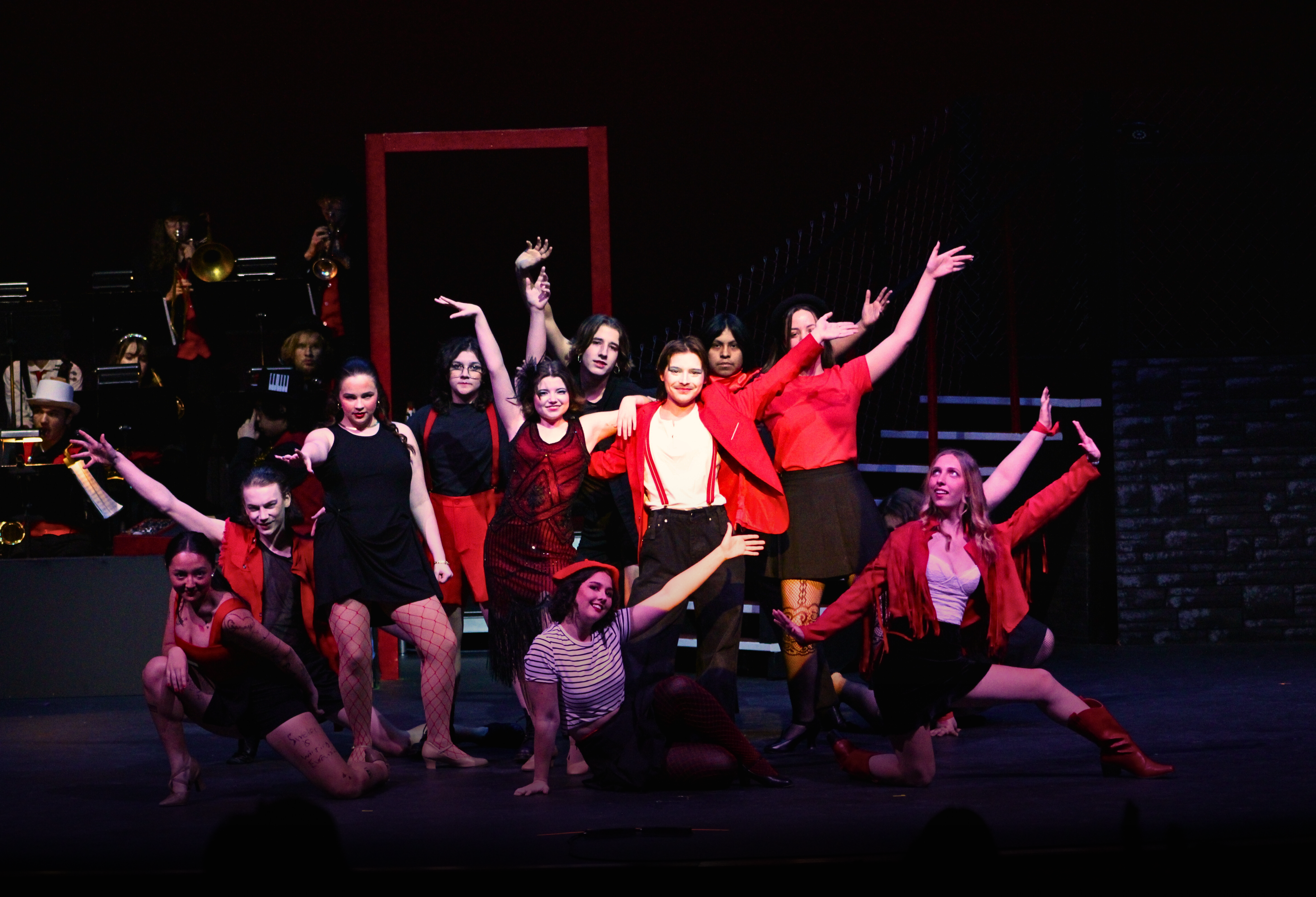
By Lily Frank, Stentorian Staff Writer
The Promethean Players of the Drama Department recently put on this year’s musical, “Cabaret.” The show, which ran from March 14-16, transported audiences to 1930s Berlin, where the decadence of the Kit Kat Club masked the looming rise of the Nazi regime. Directed by Adam Sampieri, with assistance from Leslie Knight and student directors Marcellus Day and Robbie Stoffle, the production brought to life the tale of an American writer, Cliff Bradshaw, played by Aadi Kucheria, as he arrives in Berlin and becomes entangled in the lives of the city’s residents, including the performer from London, Sally Bowles, played by Faith Wagoner.
Unlike last fall’s lighthearted show, “Puffs,” “Cabaret” takes a much darker turn. Student director Robbie Stoffle emphasized the stark contrast. “It starts out fun but does not have a happy ending. As things outside get darker and darker, the things inside get happier and happier until it’s too late.” This mix of festivity and despair was a defining element of the production, mirroring the political and social turmoil of the period in which the show was set.
“Cabaret” follows the members of the Kit Kat Club, which, as Stoffle puts it, “has taken its own form throughout many different decades” and can be equated with 1930s Germany’s version of “Brat Summer,” through the carefree outward appearance of the club. The Emcee, played by Julian Burke, serves as the Master of Ceremonies, guiding the audience through the story with a mix of humor, charm, and unsettling detachment. But, more than just a host, the Emcee acts as a symbolic figure, reflecting and responding to the shifting political and social climate around him. He provides commentary on the unfolding events, highlighting the increasingly relevant rise of the Nazi Party and the characters’ varying levels of complicity or ignorance.
Stoffle noted, “There are many, many parallels between the events of “Cabaret” and what’s happening in politics today in the U.S. The timing has only gotten better and better—almost too well.” The show’s themes of political apathy, rising extremism, and societal complacency are frequently exemplified by the Emcee. “Cabaret” serves as both a historical reflection and a warning about the dangers of ignoring warning signs in a shifting political climate.
In addition to its historical and political themes, the production explored gender fluidity within the Kit Kat Club. Stoffle highlighted this aspect of the show, explaining how the club represented a space of freedom and self-expression, something that was eventually threatened and dismantled by the Nazis. “That same targeting of queer expression is happening in the U.S. today. We wanted to make that parallel clear.” The show’s portrayal of gender nonconformity and its suppression was a stark reminder of how history continues to echo in modern times.
At its core, “Cabaret” can act as a cautionary tale. “The reason we tell stories like “Cabaret.” even though they’re sad, is to remind us of what’s happened in history,” Stoffle said. “Because history repeats itself.”
Beyond the heavy themes, “Cabaret” also fostered many friendships among its cast and crew. “A lot of seniors at NCSSM get to know juniors through the musical, and people definitely make friends they otherwise wouldn’t have made,” Stoffle noted. Long rehearsals and shared challenges brought the team together, forming a close-knit community dedicated as they worked together to tell this story. One of the cast’s pre-show traditions was performing a dress rehearsal for an audience of stuffed animals, a small moment of calm and lightheartedness in an otherwise busy production. “We all took stuffed animals from our rooms and set them up in the audience to watch our final dress rehearsal,” Stoffle recalled.
The team behind “Cabaret” was extensive. Sampieri devoted countless hours to directing, ensuring that every aspect of the performance was polished and meaningful. Leslie Knight served as assistant director, providing additional support for the production. Mr. Rowe, the technical director, managed set construction and lighting, often staying late to help cut wood and hang lights. Miss Perez led the pit orchestra, an essential component of “Cabaret’s” immersive experience. The music was an important piece in this production, with numbers like “Willkommen” and “Cabaret” setting the tone for the performance. The pit’s role was particularly crucial given the show’s musical integration with the actors’ performances, ensuring seamless transitions between dialogue and song. An audience member noted that the performance left them “wanting to watch it again, to notice all of the subtle foreshadowing, and to listen to pieces like If You Could See Her, again.”
Bringing such a complex and emotionally charged show to the stage required immense dedication from the entire cast and crew. “Cabaret” was a unique story told through beautiful set design, complex characters played by uniquely talented NCSSM students, and musical accompaniment that brought the production together. With a dedicated cast, a committed production team, and a timeless story, “Cabaret” will be a memorable show for all who watched and were involved in its production.
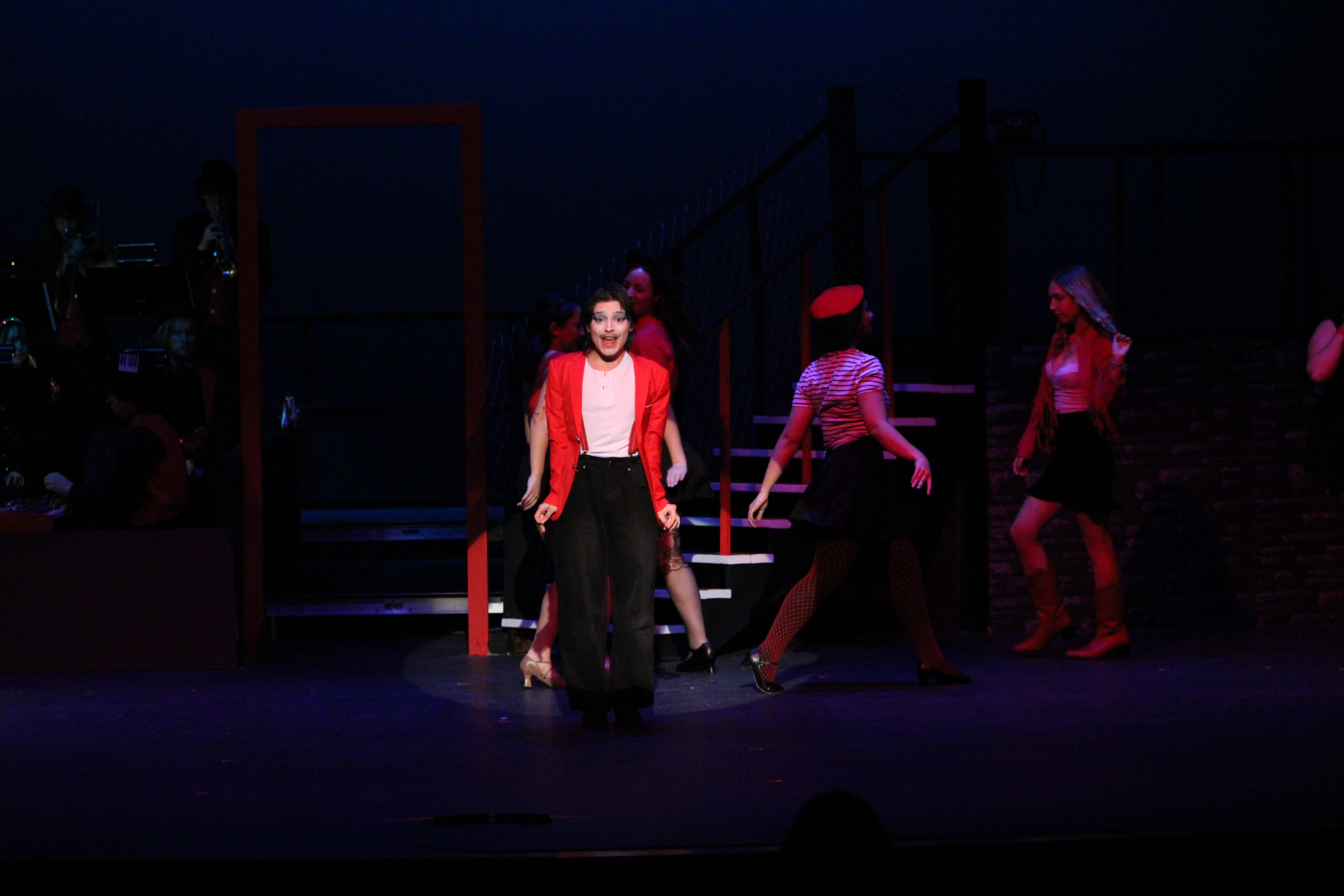
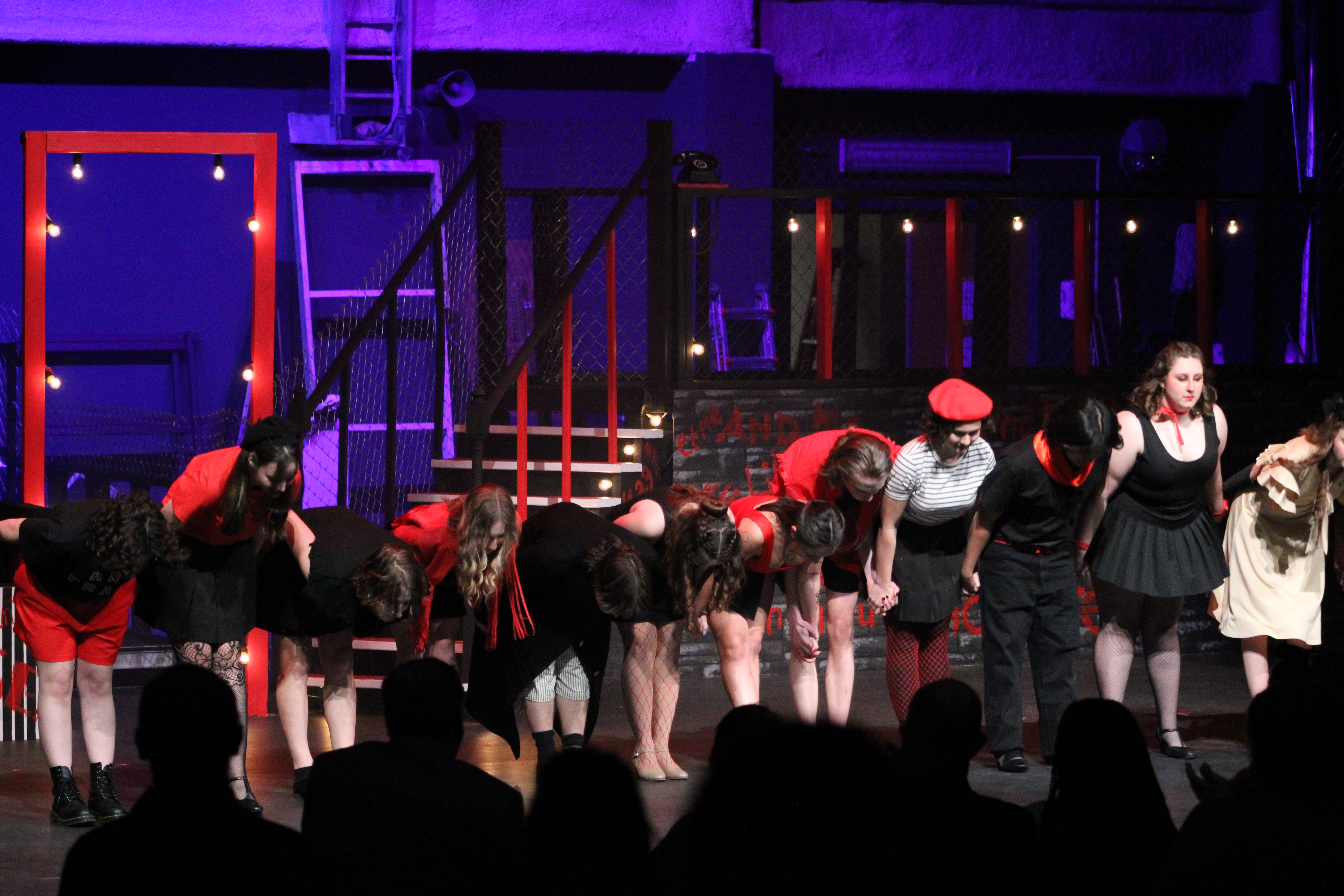
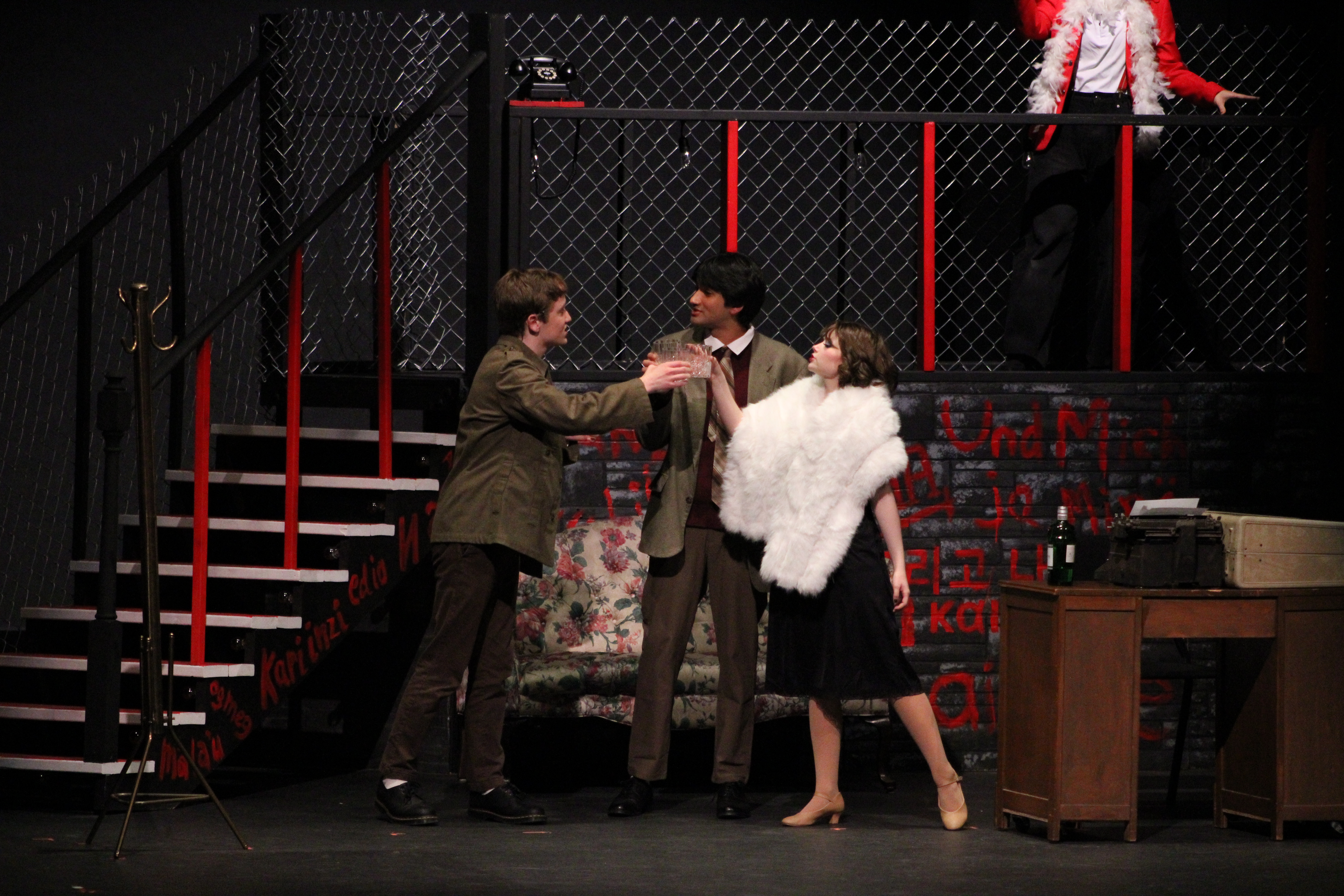

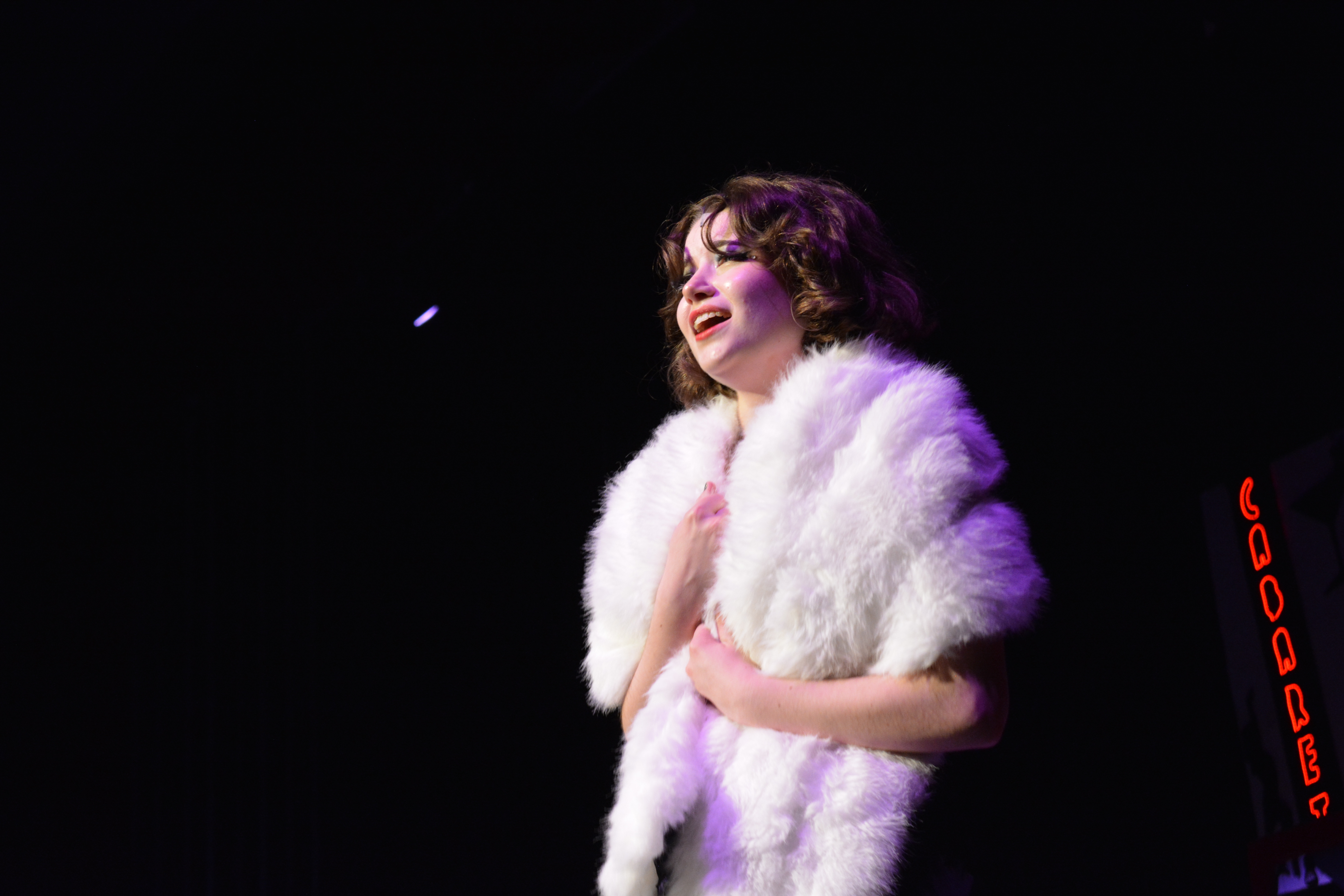
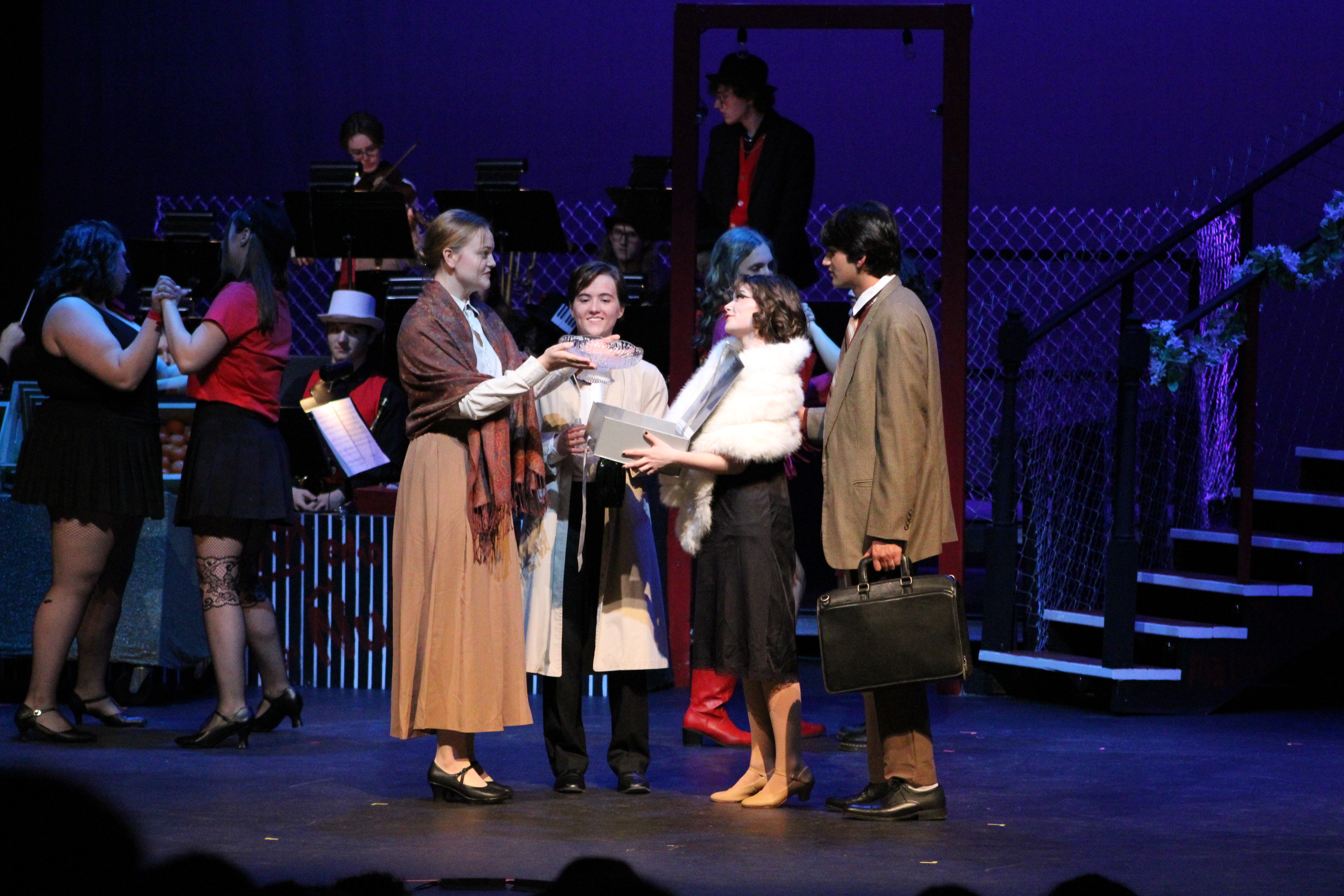
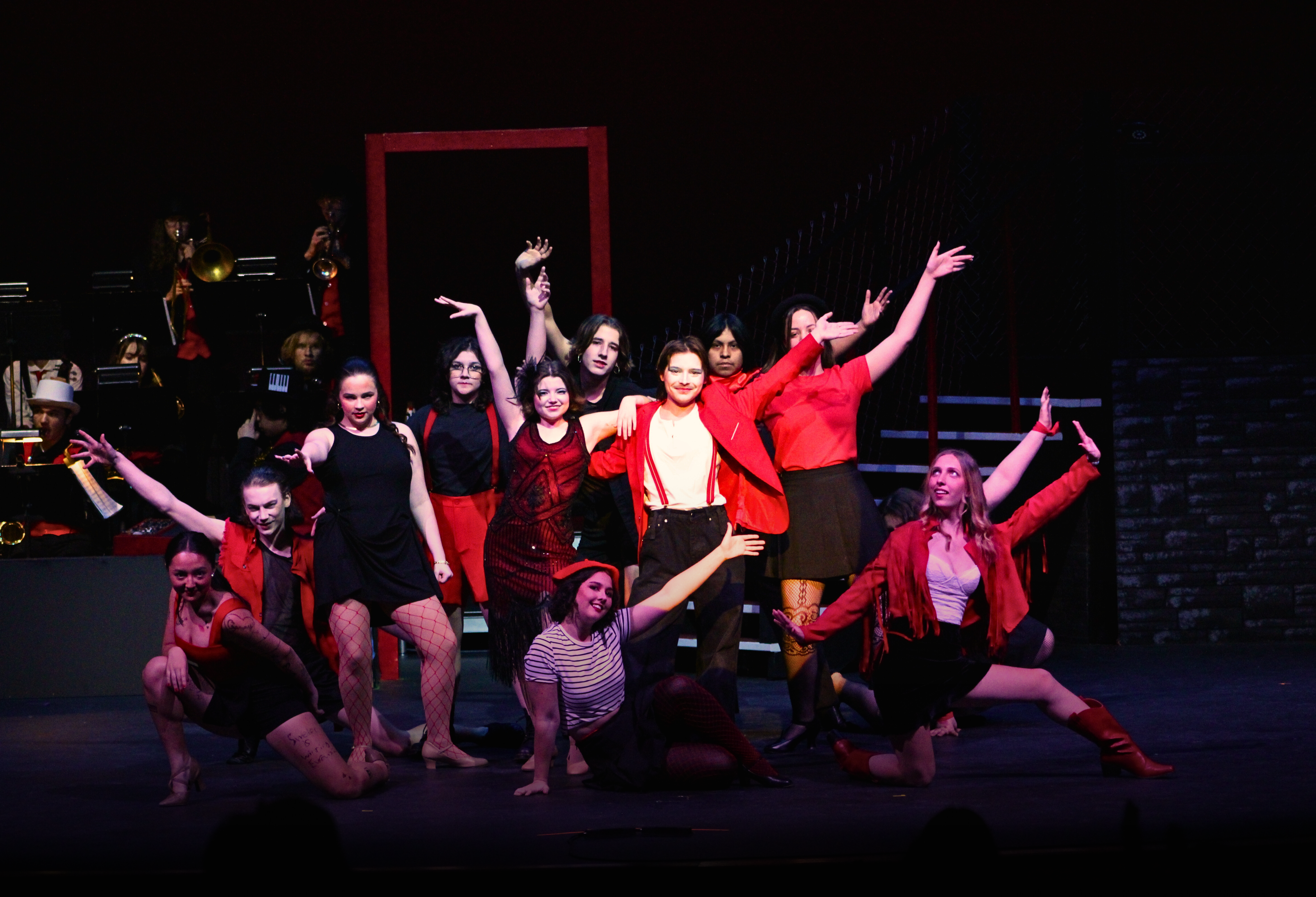
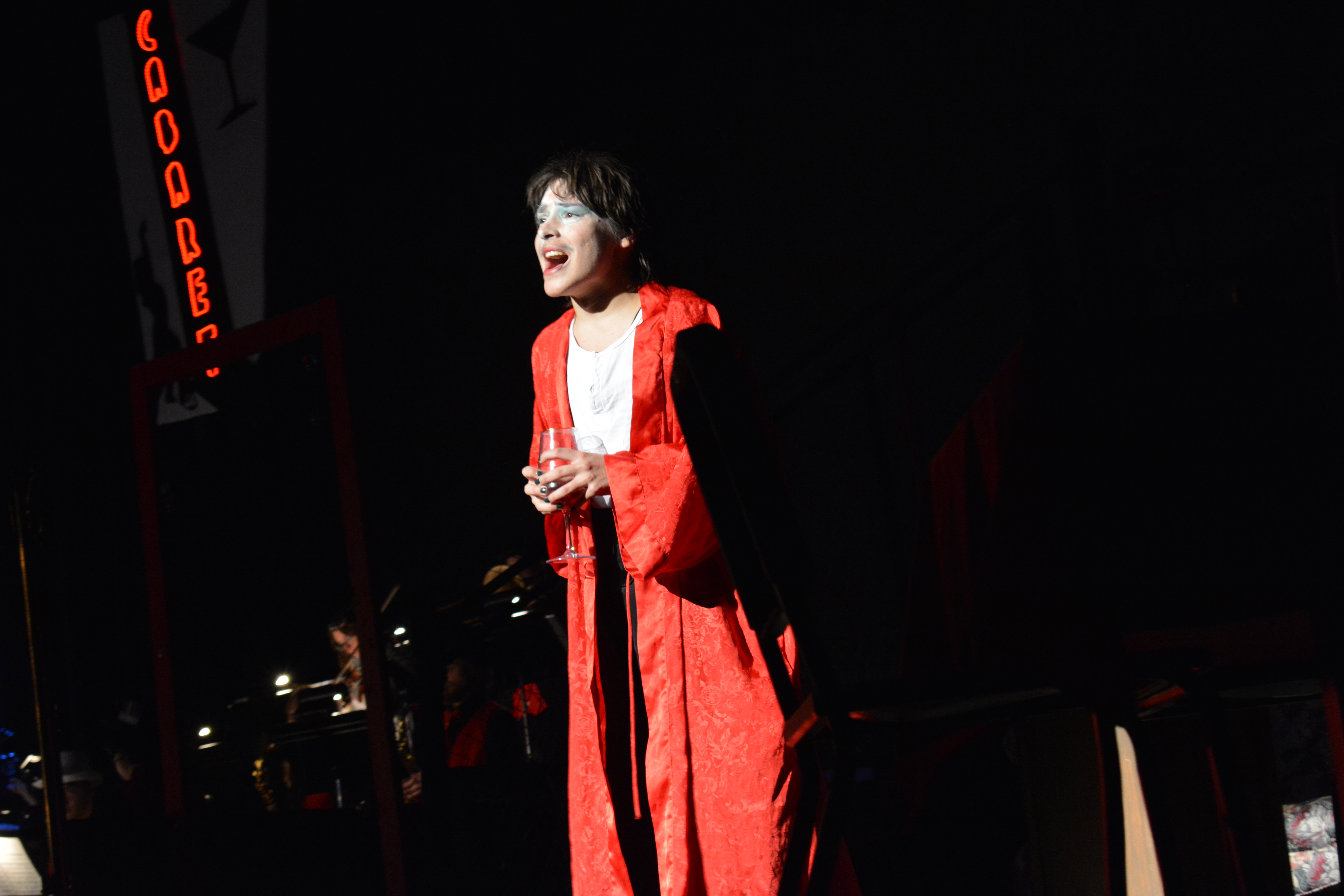
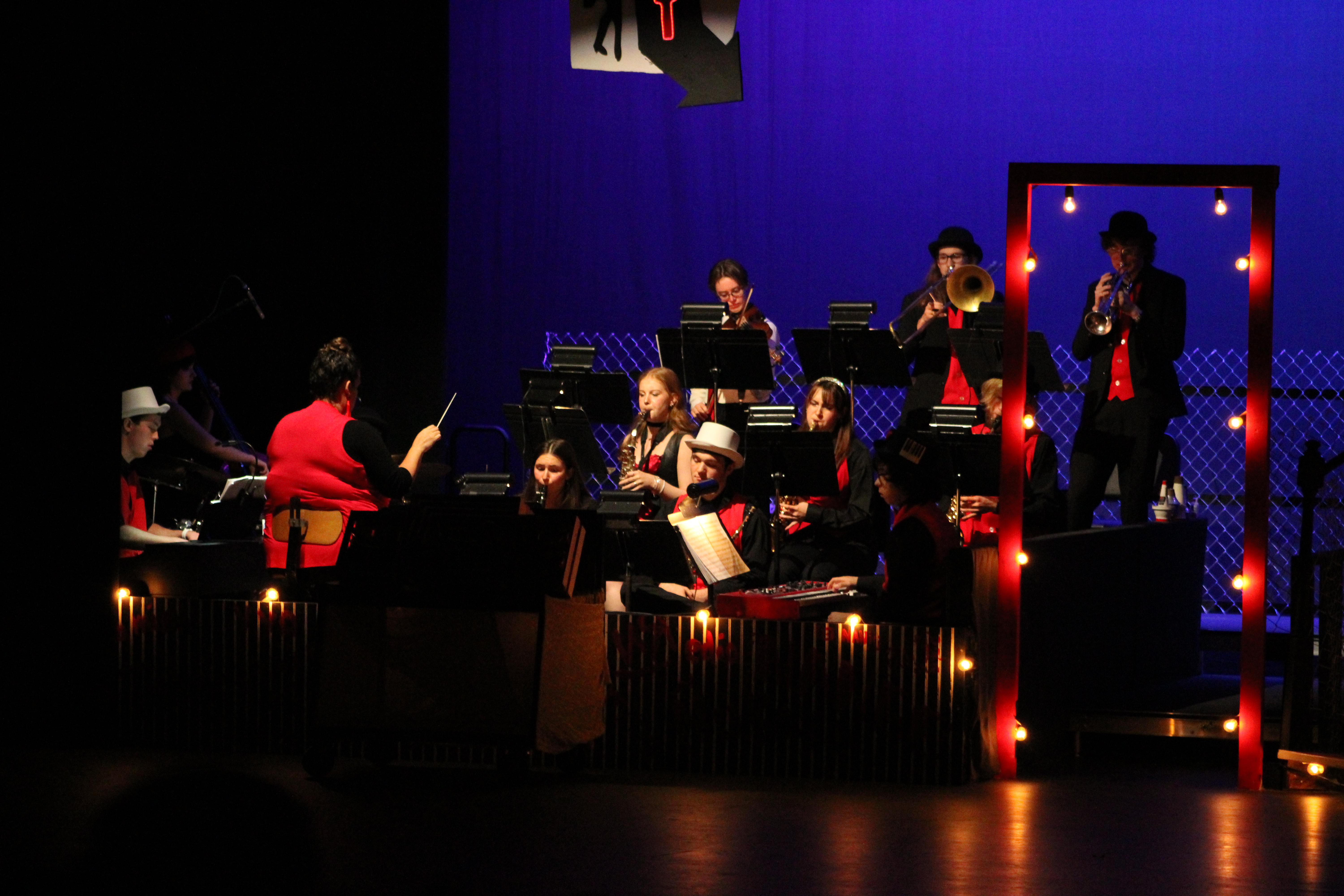
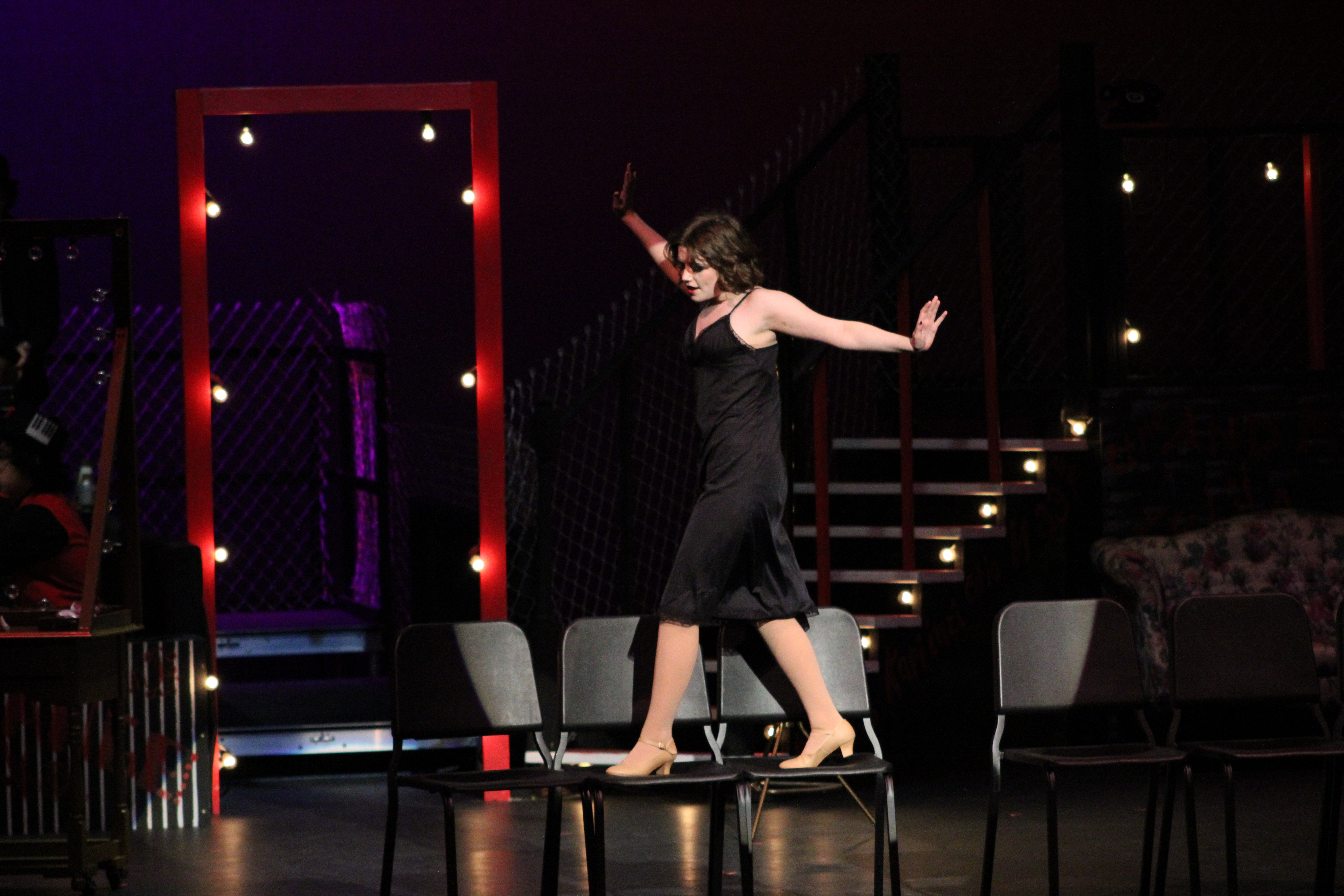
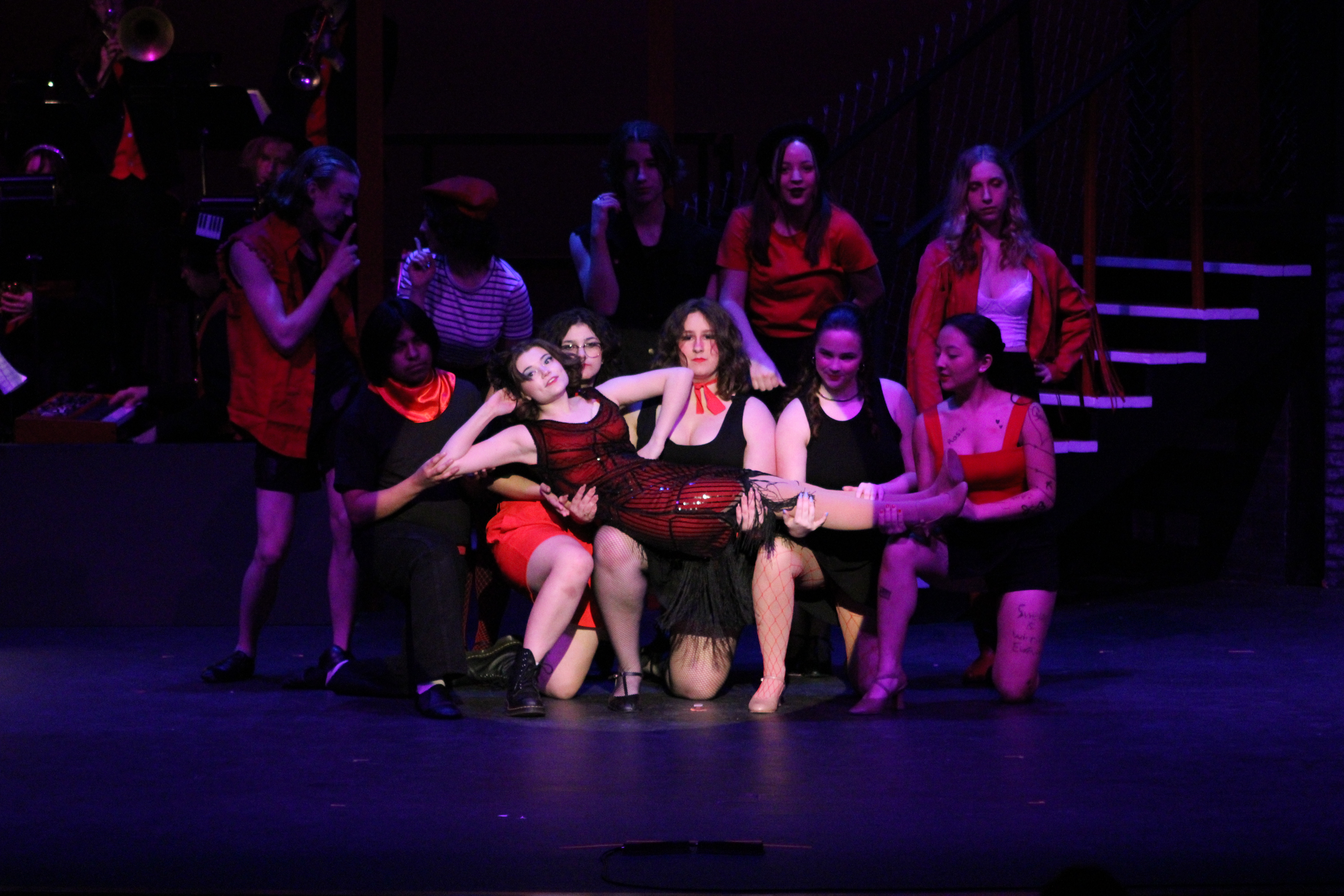
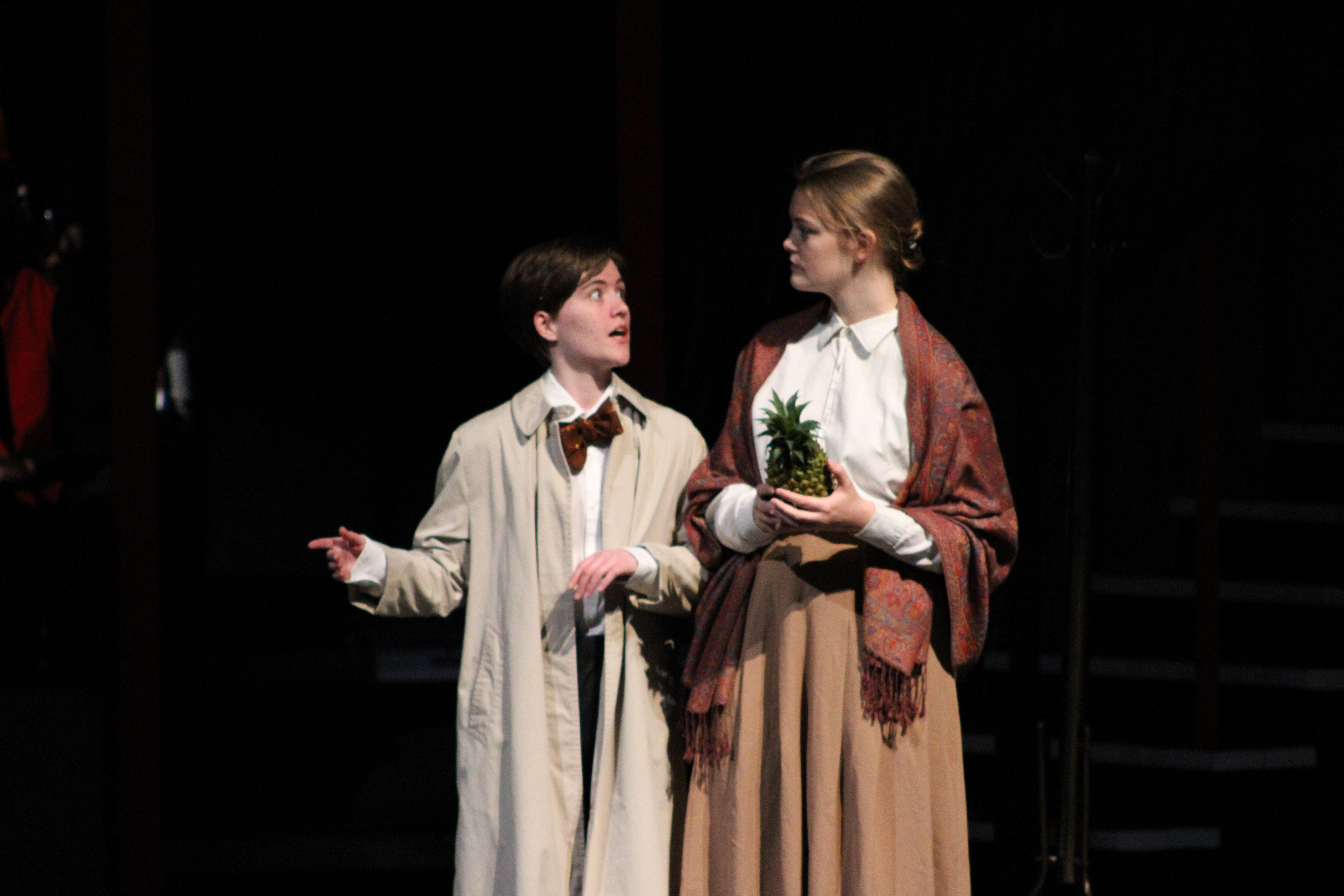
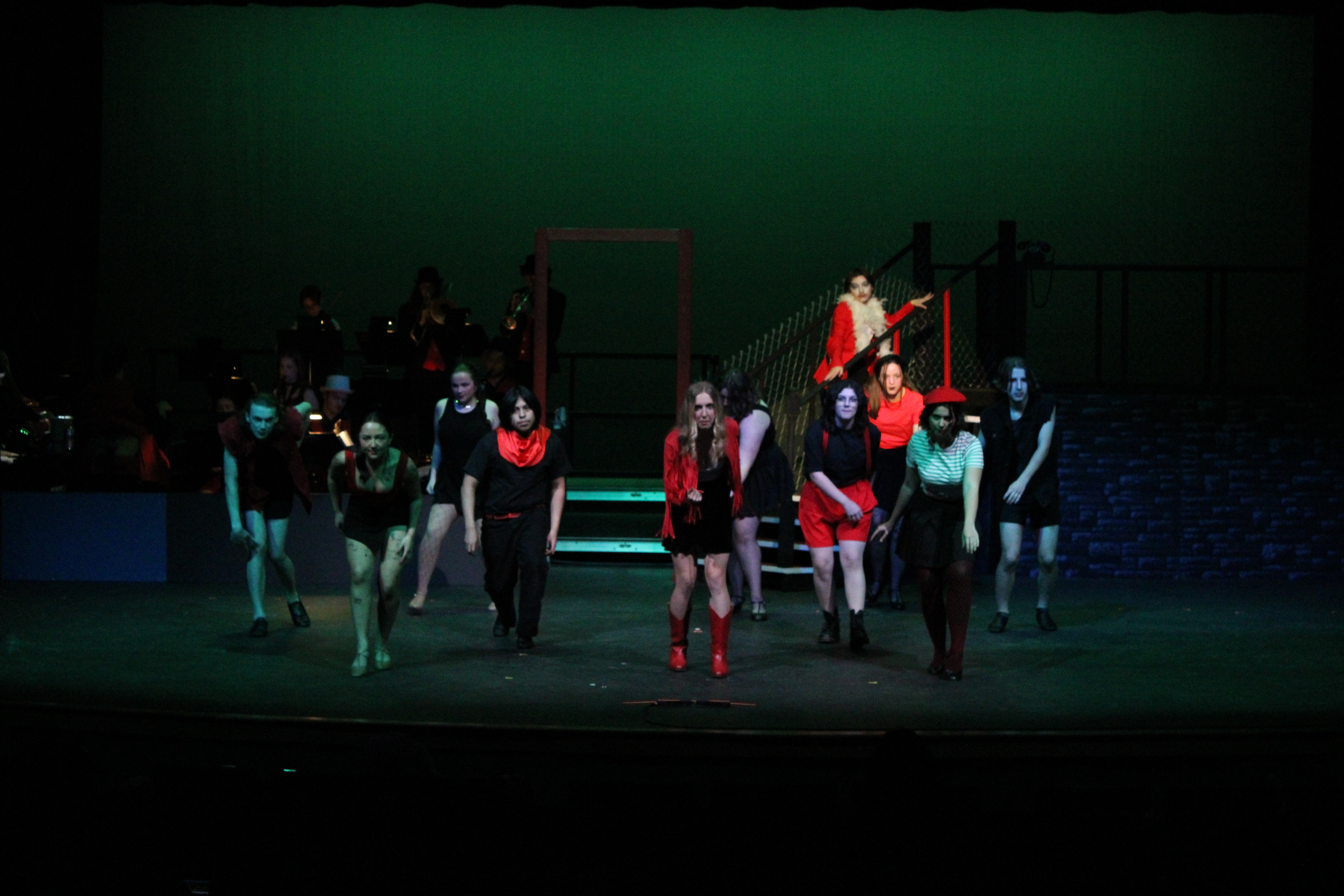

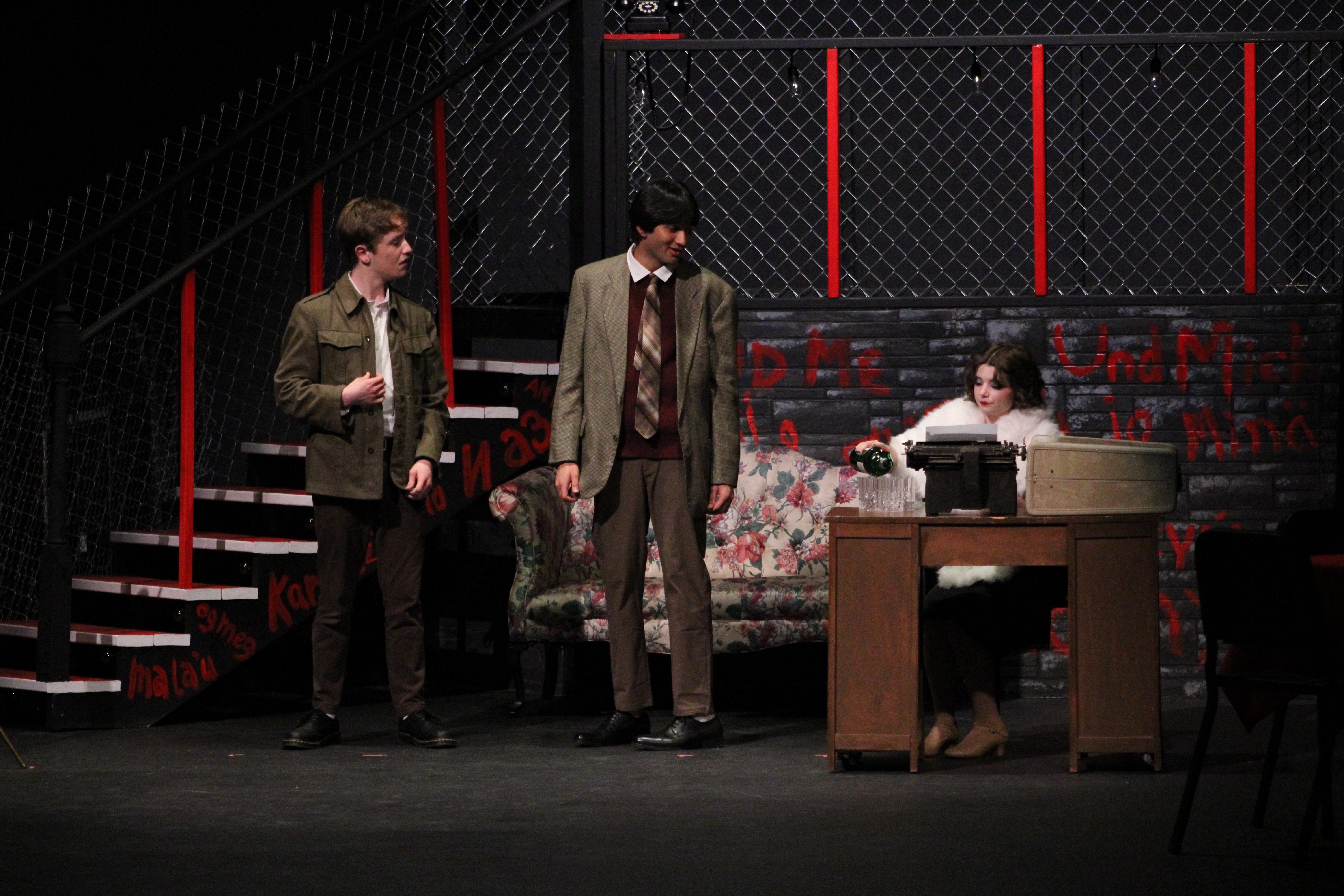
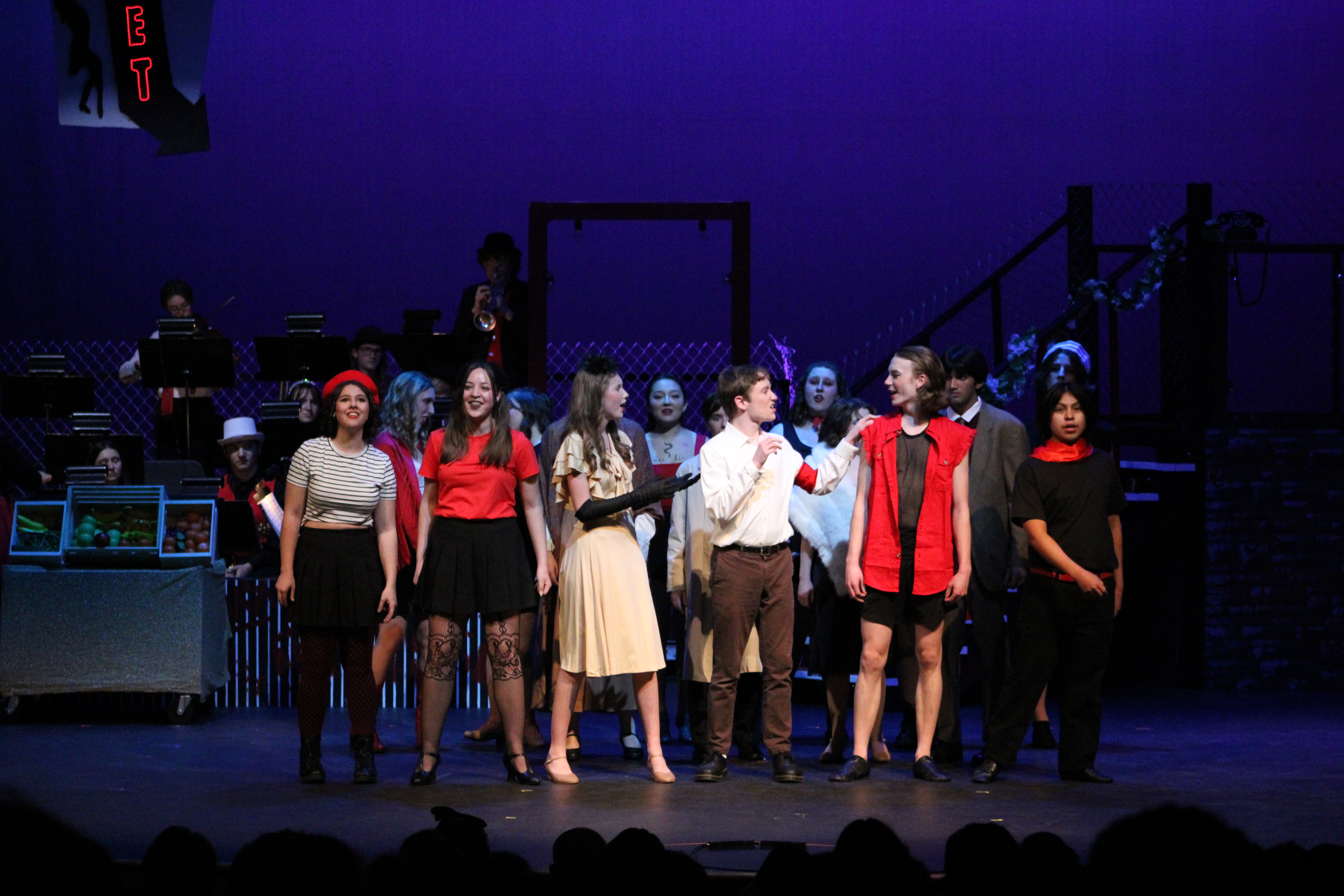
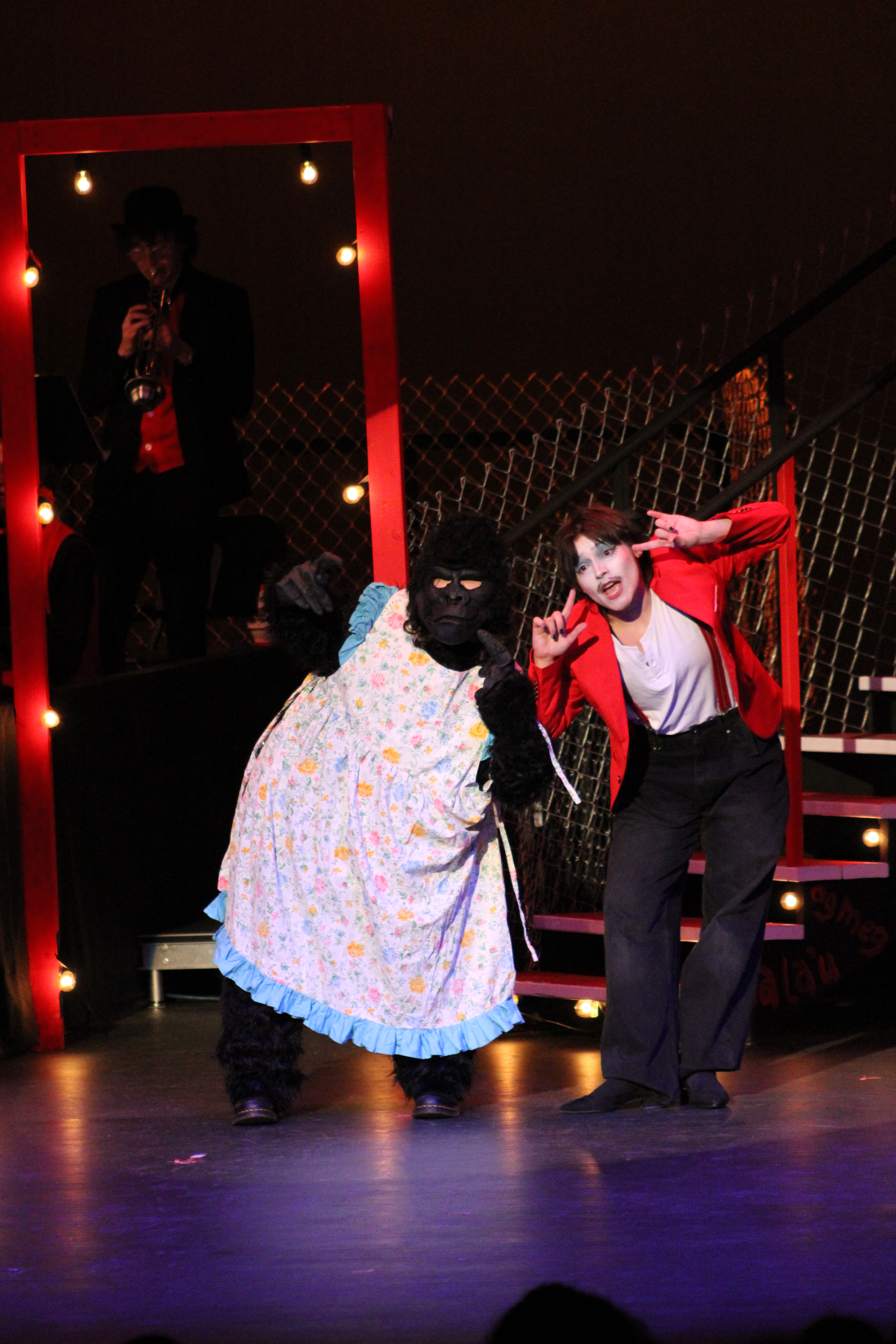
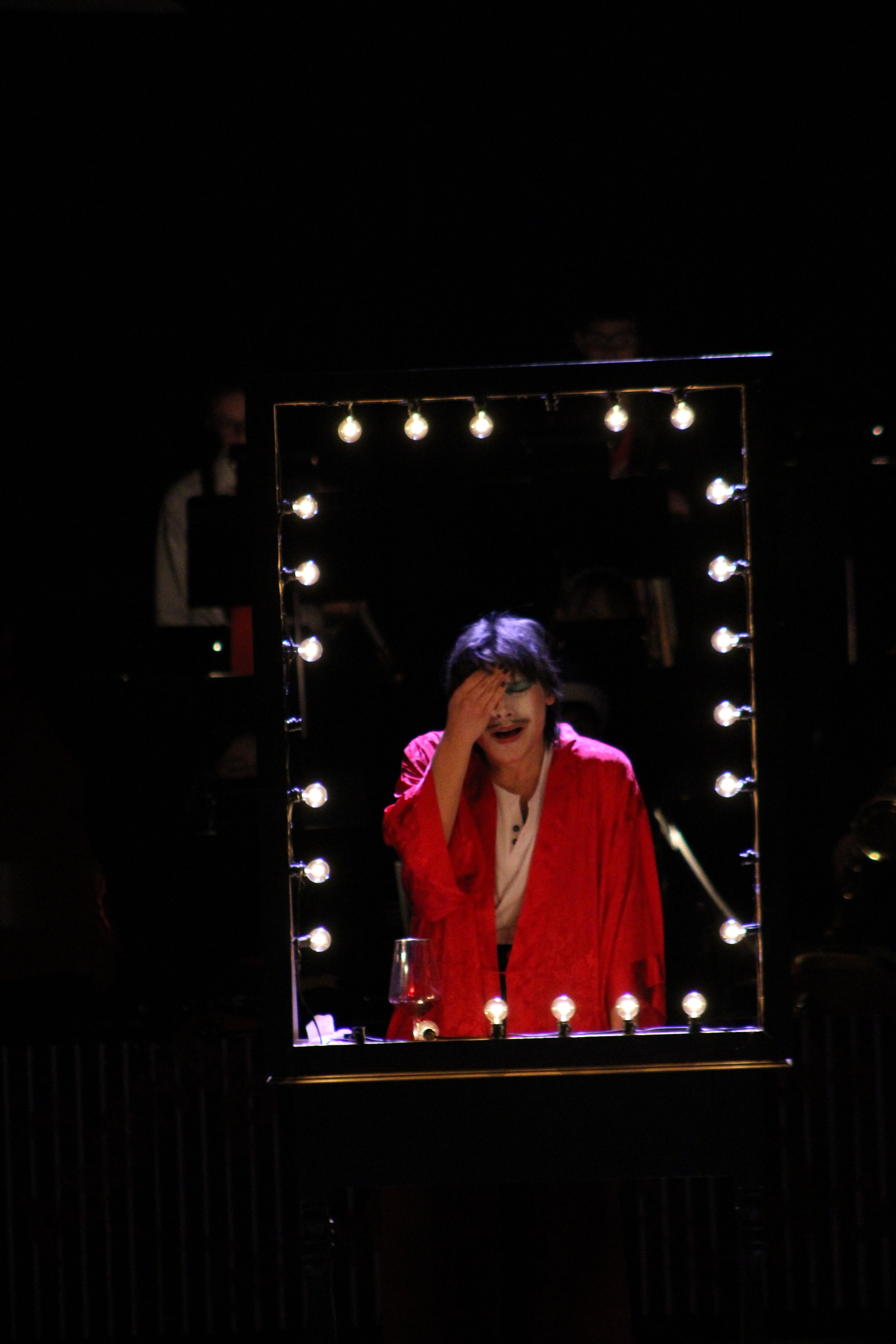

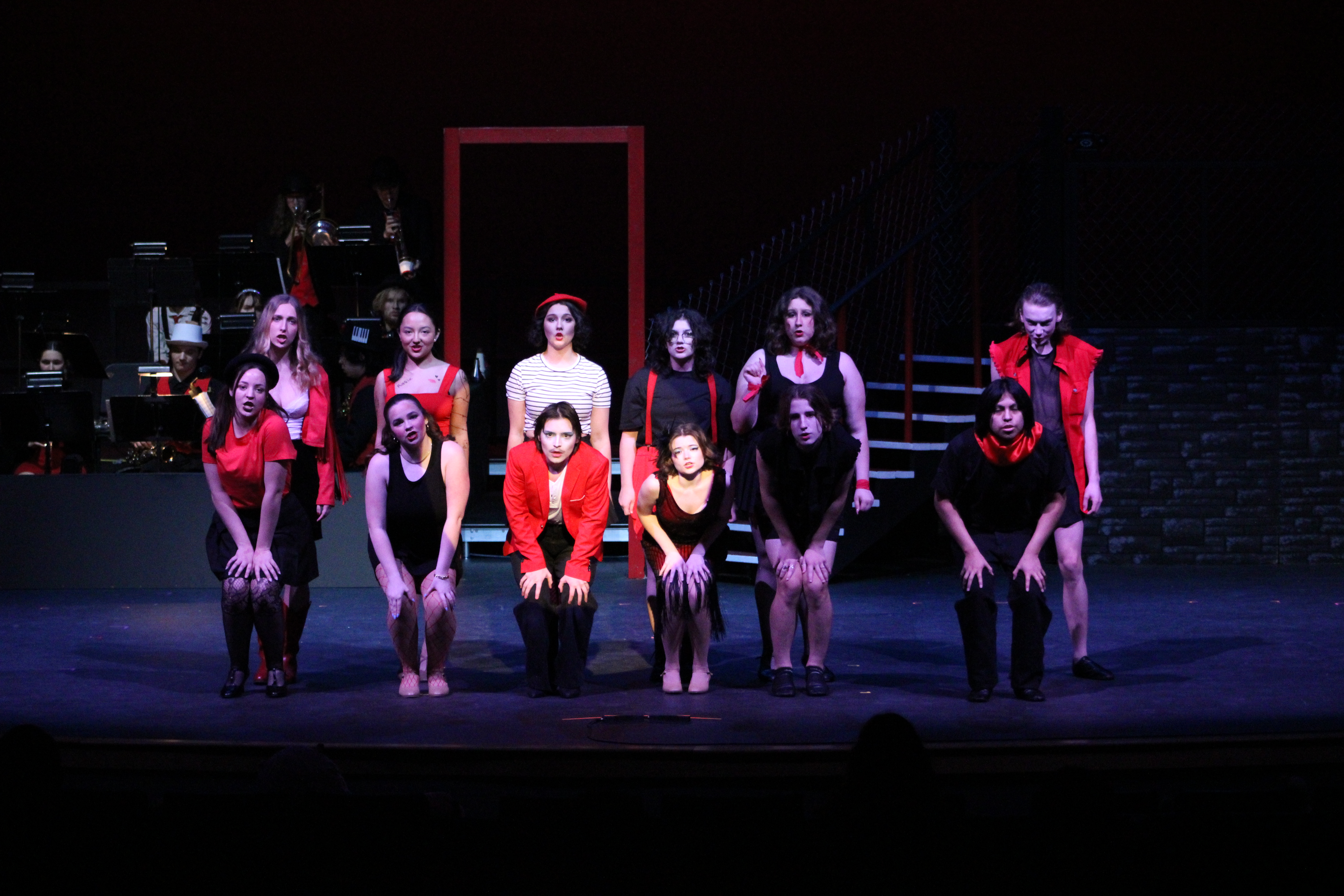
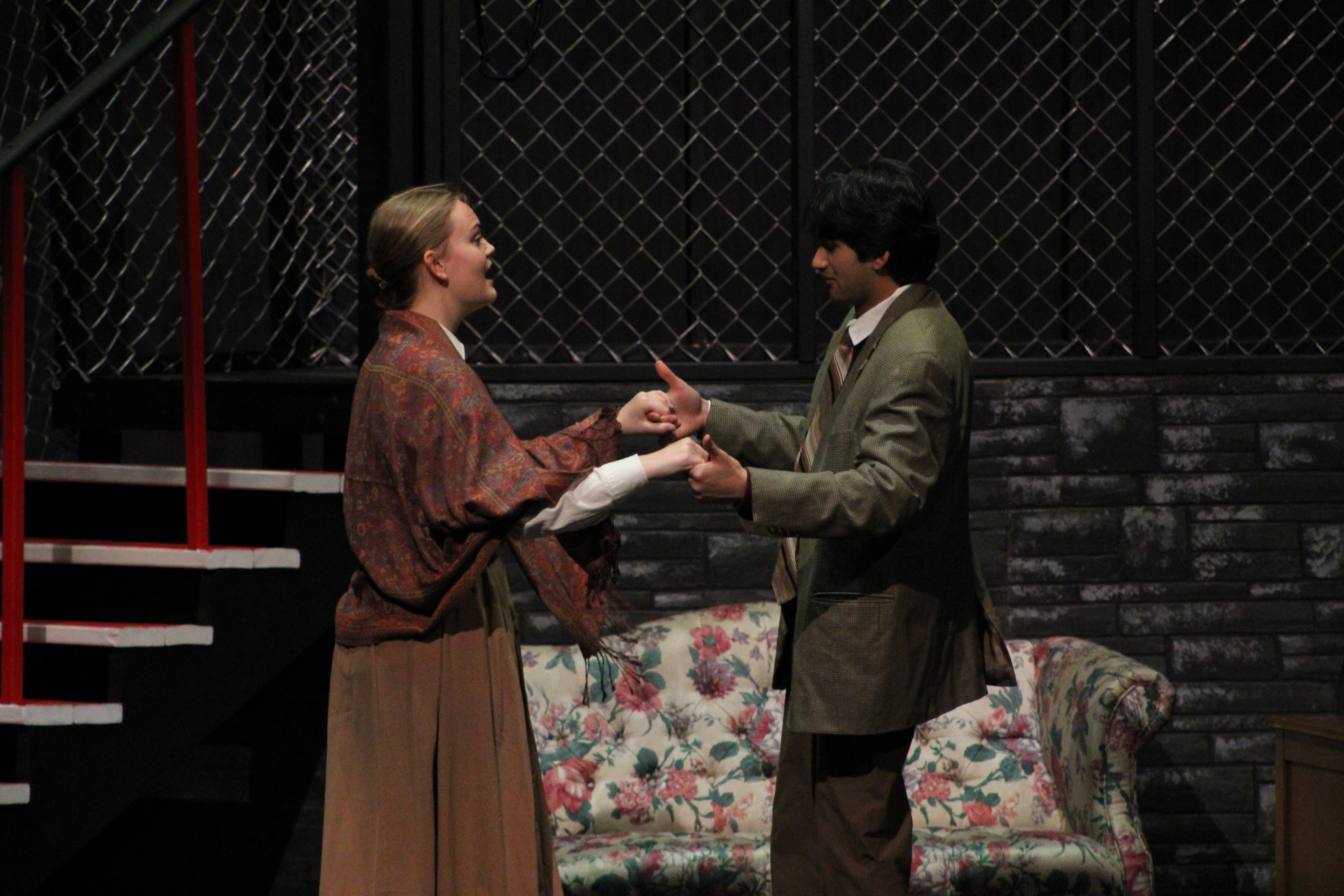
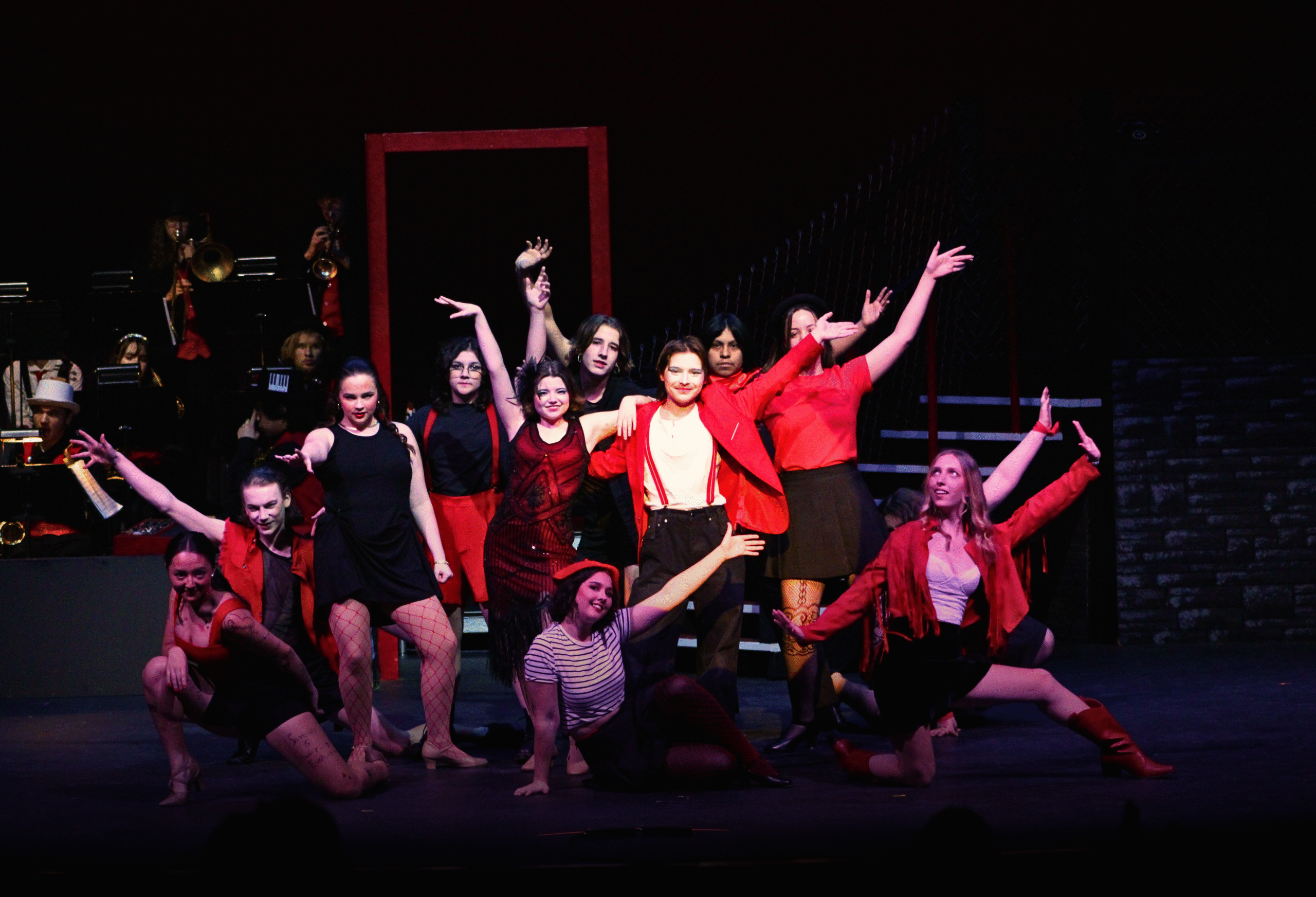
Leave a Reply